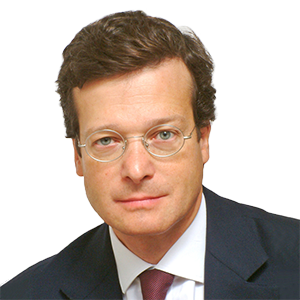Derivatives
MiFIR will implement the G20 commitment that was not included in EMIR, to mandate the trading of standardised derivatives on exchanges and electronic platforms by requiring certain derivatives to be traded on a RM, MTF or OTF or certain trading venues in third countries that have been considered equivalent for that purpose and reciprocate by recognising EU trading venues. The obligation departs from the normal scope of MiFID II and MiFIR and applies to financial and non-financial counterparties that are subject to the clearing obligation in EMIR, as well as third country entities that would be subject to it if they were established in the EU and either trade with in-scope EU entities or other third country entities where their transactions could have a direct, substantial and foreseeable effect within the EU or it is appropriate to prevent evasion of MiFIR.
Regulatory technical standards will be developed to determine which derivatives will be subject to this trading obligation. It appears that the starting point will be those derivatives that are mandated for clearing under EMIR, however, ESMA may specify additional characteristics to create more granular categories than those subject to the clearing requirement under EMIR.
However, to be mandated for trading, the derivatives must also be traded on at least one trading venue and be considered to be sufficiently liquid, taking into account the average frequency and size of trades over a range of market conditions, the number and type of active market participants and the average size of spreads. ESMA must also consider the likely impact of listing a derivative on its liquidity and the commercial activity of end users, and may determine that a particular derivative is only sufficiently liquid in transactions below a certain size. However, ESMA also has an own initiative power to identify classes of derivatives that should be subject to the trading obligation but which no central counterparty (CCP) has been authorised to clear or which are not admitted to trading on a trading venue.
Shares and equity like instruments
Investment firms will be required to trade shares that are admitted to trading on a RM or traded on a trading venue on a RM, MTF or SI or a third country trading venue that has been assessed as equivalent for these purposes. The obligation does not apply to trades that are non-systematic, ad hoc, irregular and infrequent, or are carried out between eligible and/or professional counterparties and do not contribute to the price discovery process (a test which will be fleshed out in regulatory technical standards). Whilst ESMA is mandated to specify the characteristics of transactions that “do not contribute to the price discovery process” in draft regulatory technical standards, ESMA is not required to include definitions of what is “non-systemic, ad hoc, irregular and infrequent”. However, ESMA has suggested that “infrequent” would be considered to be an activity which does not meet the frequency and systematic thresholds set out below for SIs and therefore the regulatory interpretation of “non-systemic, ad hoc, irregular and infrequent” would be even narrower than this.
An investment firm that operates an internal matching system which executes client orders in shares, depositary receipts, exchange traded funds, certificates and other similar financial instruments on a multilateral basis must be licensed to operate an MTF.










